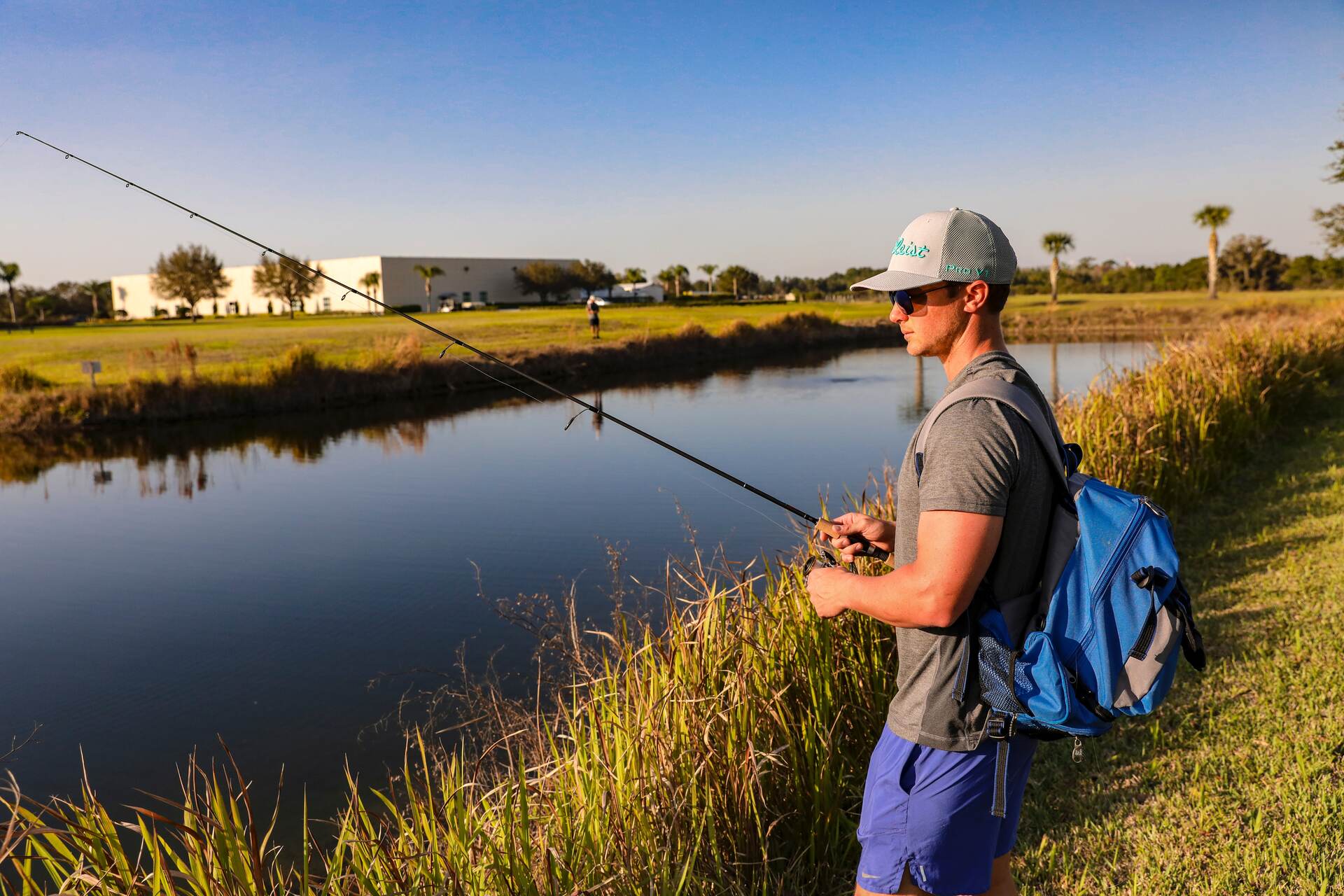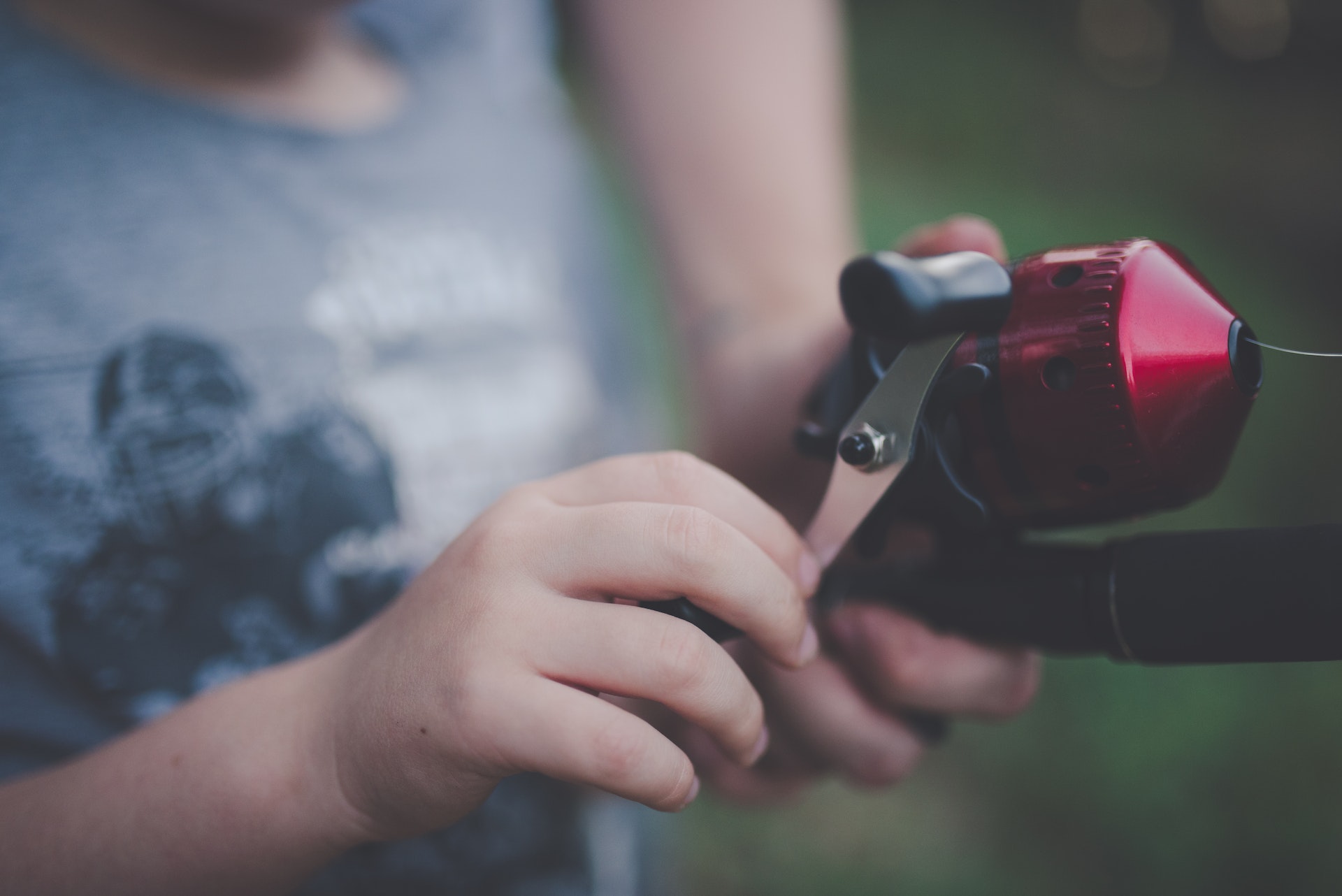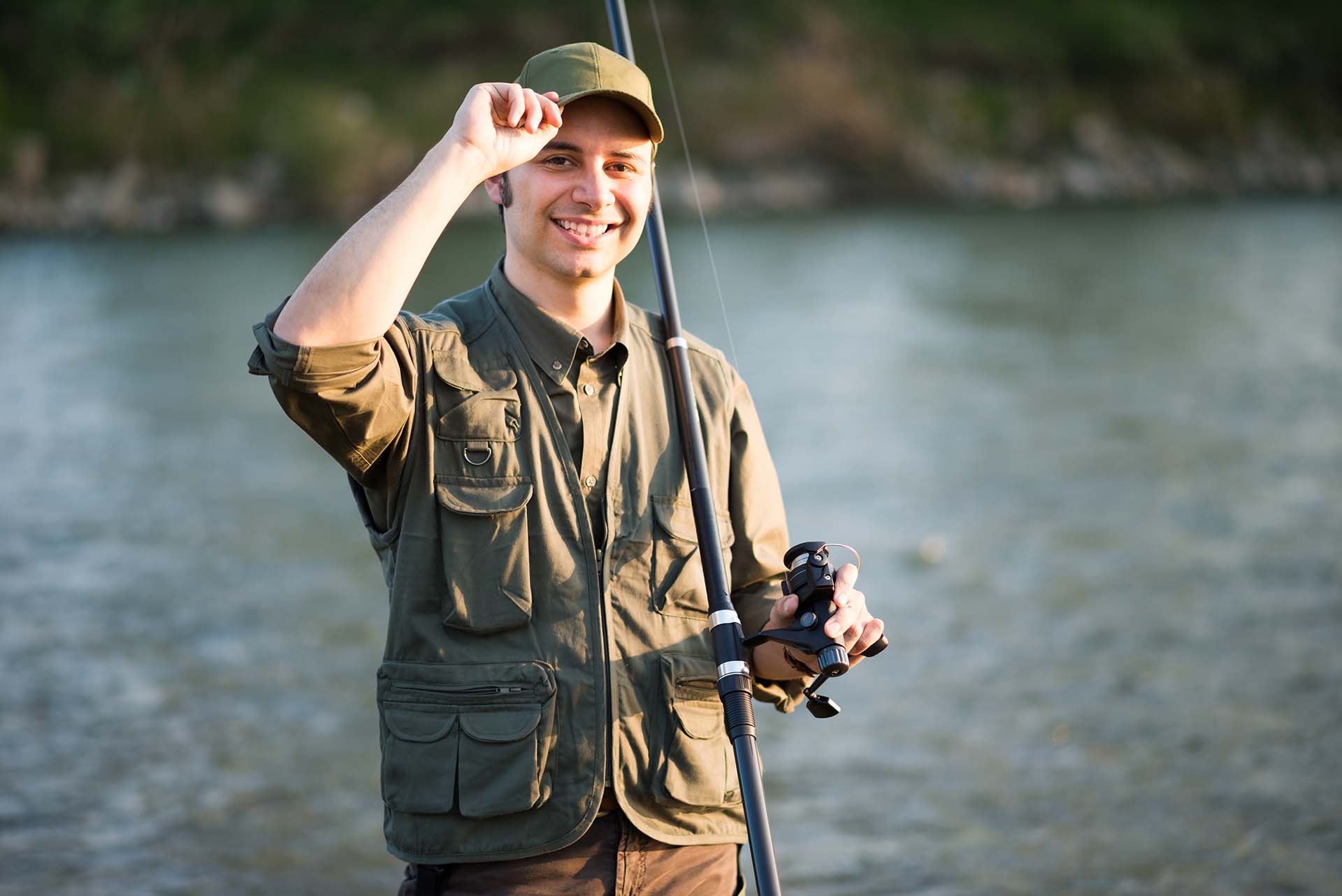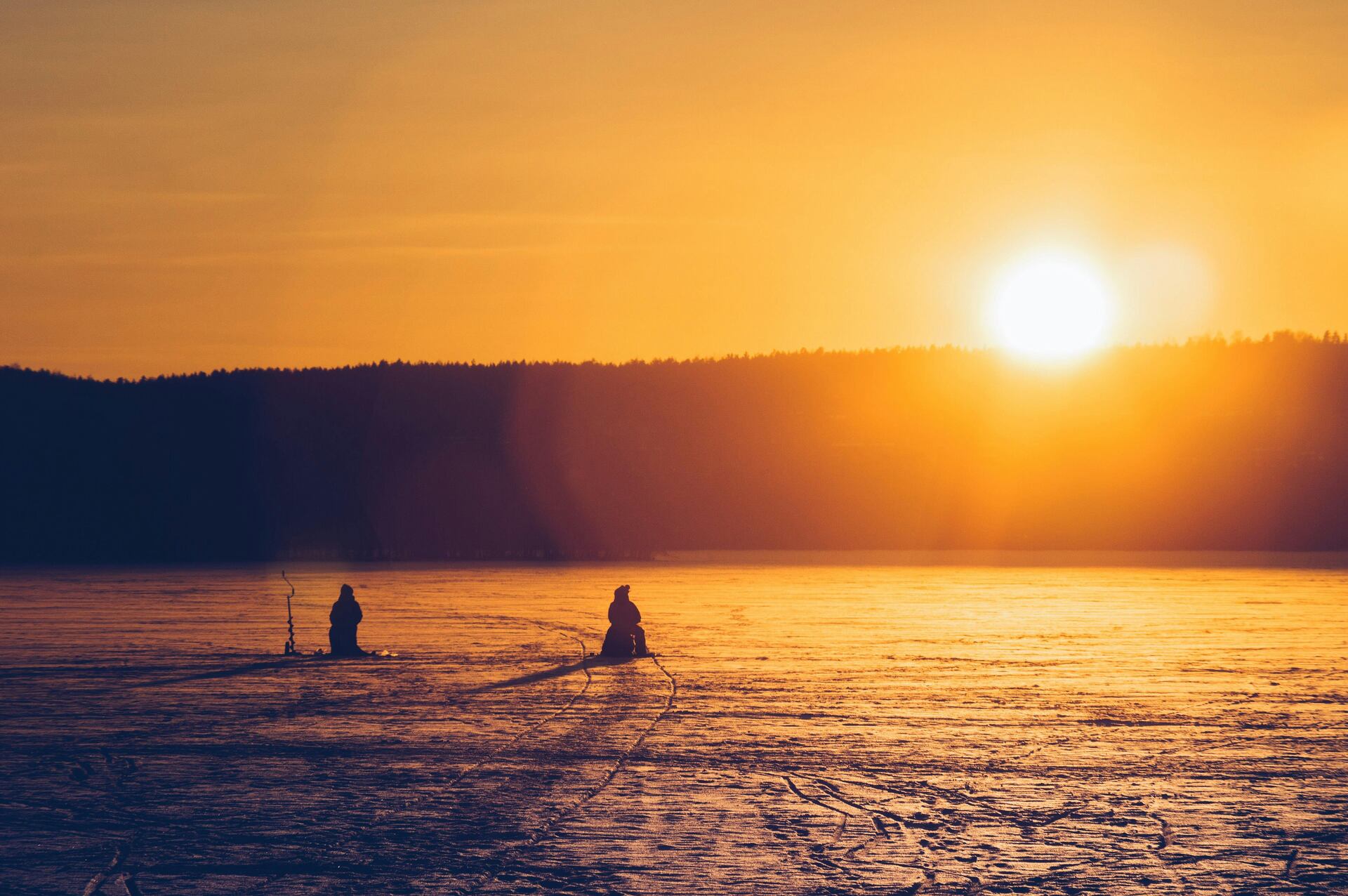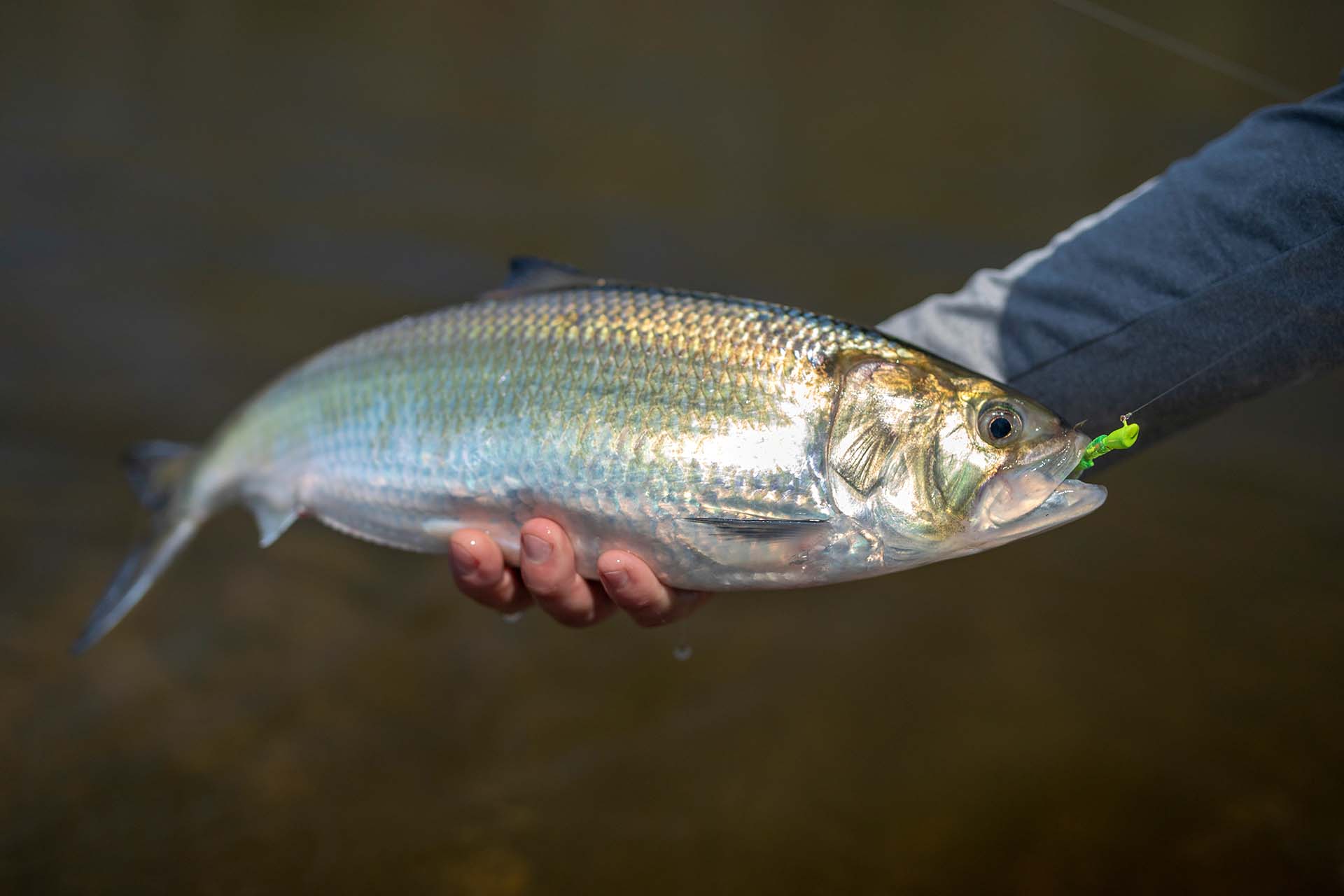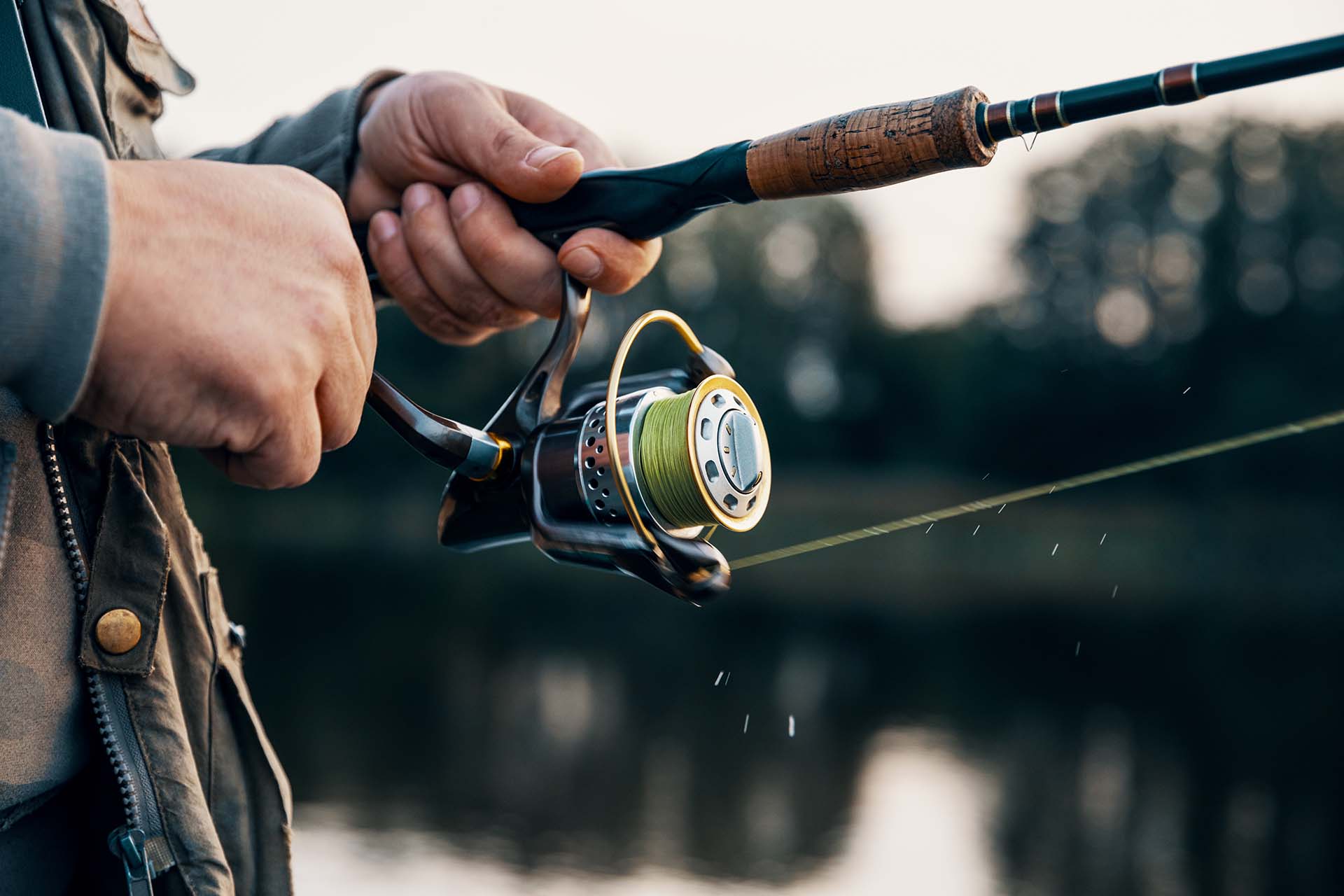Are you an angler who’s been stuck in a rut lately, wondering why aren’t the fish biting? Don’t worry – you’re definitely not alone. Many fishermen have found themselves in this predicament before, and there are plenty of solutions to get things back on track. So, let’s explore some of the reasons why your lures might be coming up empty and provide tips for getting those elusive bites.
Why Are the Fish Not Biting? Water Temperature and Conditions Can Be the Culprit
No matter if you’re a beginner angler or a seasoned veteran or the style of fishing you’re employing, this activity can be an unpredictable challenge. You’re out there in the great outdoors with the right fishing rod and other pieces of equipment, and you’re using it properly – but for some reason, you just can’t land a catch, even if you’re targeting the most common fish you usually catch with ease.
This common angling problem mostly occurs due to several outside factors, including weather conditions, water temperature, and visibility. Here’s how each of them affects fish activity:
How Water Temperature Affects Fish Activity
Out of all outdoor factors, the water temperature can have the most significant impact on fish behavior and their willingness to bite. They are cold-blooded animals, which means that their body temperature is determined by the surrounding water temperature. As it increases, fish become more active, and their metabolism speeds up, which can increase their appetite and willingness to bite on your homemade bait.
On the other hand, when water temperature decreases, fish become more sluggish and less active, which can reduce their feeding activity and make them harder to catch. Of course, different species have different temperature preferences, so understanding the optimal range for what you’re targeting can be a huge help in determining the best time and place for angling.
How Weather Conditions Impact Fish Behaviour
As it affects water temperature and conditions, the weather can also have a significant impact on fishing success. During warm, sunny days, most species will get into a feeding frenzy, while colder, overcast weather will get them more sluggish and less likely to bite, no matter what type of hook you have on the end of your stick.
Wind and rain also play an important role, as they can affect water conditions and make it more difficult to cast and retrieve lures. That’s why anglers should pay close attention to weather forecasts and adjust their strategy accordingly.
How Water Clarity Affects Fish Visibility
It’s simple – clear water allows your target species to see more clearly and spot potential prey, meaning your fishing bait, which can increase their feeding activity and make them more willing to bite. Muddy or turbid water can reduce visibility and make it more difficult for fish to locate food, and that might be the culprit behind their reduced activity.
Time of Day and Location Can Also Impact the Fishing Result
Some anglers prefer to cast only during bright summer days, while others like to try out their luck by fishing at night once in a while. No matter which category you fall into, understanding the behavior and habits of the species you’re targeting will help you determine the best time and place to fish for them.
How Does the Time of Day Affect Fish Behavior
Each species is active during certain times of the day. For example, many species, such as bass and walleye, tend to be more active during low-light periods, mostly in the early morning or late afternoon. Other species, including catfish and carp, can be more active at night when the water temperature is cooler, and there is less competition for food.
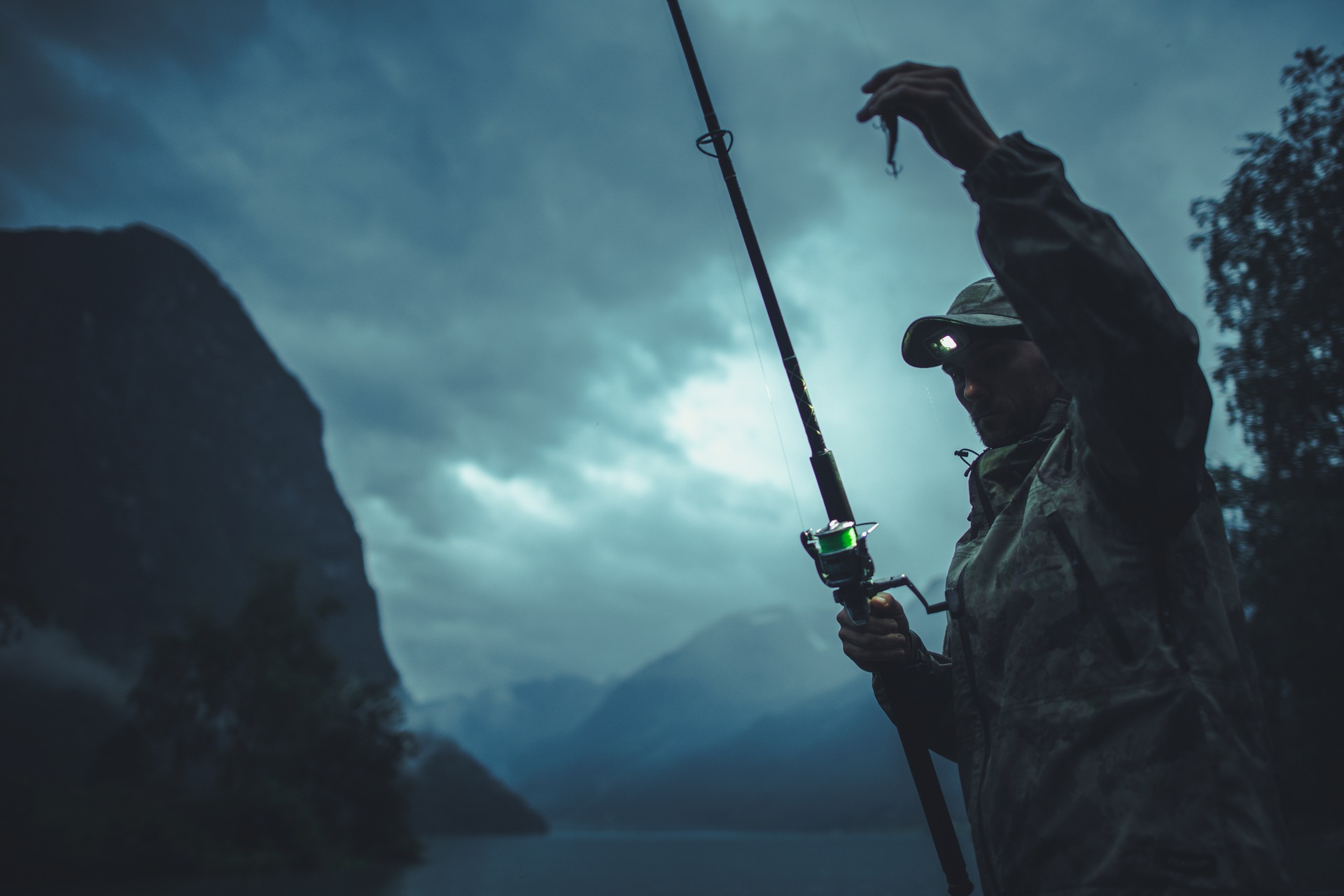
How to Identify the Best Locations to Fish Based on Conditions
Determining the best time of the day is only half of the whole ordeal – you have to familiarize yourself with the target species’ preferences when it comes to location as well. Most species may be more likely to congregate near structures such as rocks, logs, weed beds, or in areas with changes in water depth and current.
There’s a healthy dose of research, observation, and experimentation to identify the best locations to angle under different conditions. As mentioned, weather forecasts should be your reliable fishing partner in determining your exact strategy. An experienced angler is always ready to switch up the gear and techniques according to these outdoor conditions.
How to Adjust Your Fishing Techniques for Different Times of Day
With so many fishing techniques, it might be difficult to properly adjust them for different times of day, but mastering this skill can go a long way in helping you land some heavy hitters. There’s the ideal part of the day for each possible strategy you want to employ – for example, the best time to go saltwater fly fishing is during strong incoming tides from April to October.
No matter what style of angling you go for, here are a few basic tips:
- Use more visible lures or baits during low-light periods – they’ll create more vibration and increase the chances of landing a catch,
- Use more subtle lures or baits during mid-day – when the sun is high, creating a delicate presentation by fly fishing and casting with a tippet line, as well as with more natural-looking bait and lure, is the most effective way to go about it,
- A slow-moving lure or bait is best for night angling – cooler water temperatures may cause the fish to be more lethargic, so it’s better to attach a slow-moving lure or bait to your fishing hook.
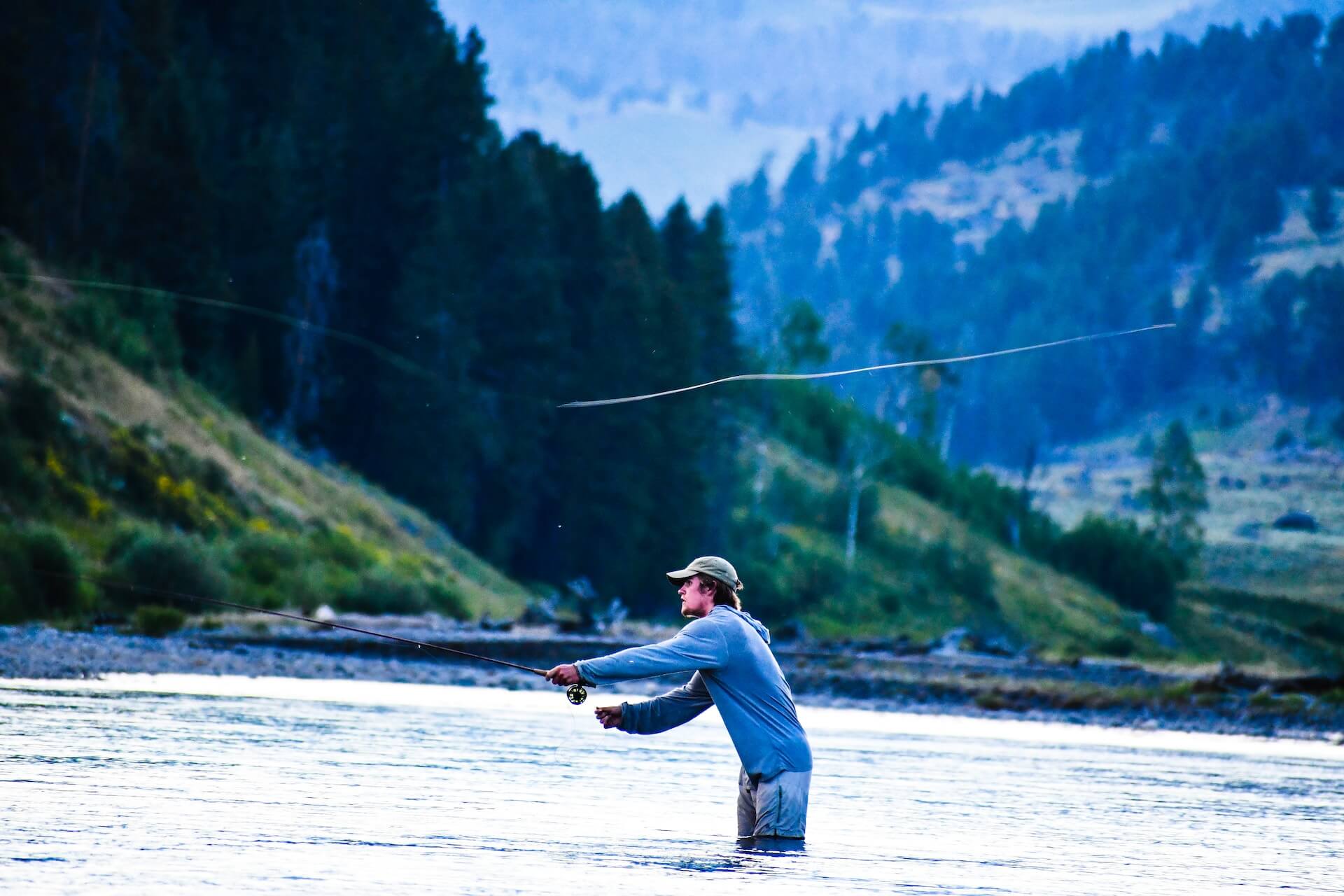
Lure and Bait Selection Are Important
When it comes to angling, every piece of equipment is important, from the fishing rod you’re holding and the fishing reel you’re spooling all the way to the hook tied at the end of the line. Among all that gear, lures and baits are the most common culprit behind fish biting but not getting hooked. That’s why it’s crucial to select the right type for the job.
As there are just so many, there’s no way to make an exhaustive list of different types of lures and baits. However, here’s an overview of the most commonly used ones, along with the key features of each type:
| Type of Bait/Lure | Key Features |
|---|---|
| Spinnerbaits | Metal blade creates vibration and flash, mimicking small fish or prey |
| Crankbaits | The diving lip creates a diving and wobbling motion, mimics injured prey |
| Jigs | Weighted head and soft plastic or hair tail, mimics crawfish or other prey |
| Soft Plastics | Flexible plastic or rubber body can mimic a variety of prey, including worms, insects, and small fish |
| Topwater Lures | Floats on the surface, creates commotion, and mimics surface prey such as frogs or insects |
| Jerkbaits | Long and slender with a diving lip, mimics injured or fleeing prey |
| Live Bait | Worms, minnows, or other live bait, provide a natural scent and movement |
| Flies | Small, lightweight, and colorful, typically used in fly fishing |
How to Choose the Right Color and Size Based on the Conditions
Choosing the right color and size of lure or bait can be the deal-breaker when it comes to landing a catch – it’s all about creating a desirable presentation that will get your target into a feeding frenzy. In general, brighter colors, such as hot pink or chartreuse, may be more effective in murky or stained water, while more natural colors, such as brown or green, should be your choice in clearer water.
When it comes to size, it’s fairly straightforward – larger lures are more effective for heavy hitters and deeper water, while smaller lures should be used for smaller targets or more shallow water. Remember, trial and error is key – you won’t know what’s best for your particular fishing spot until you experiment a little.
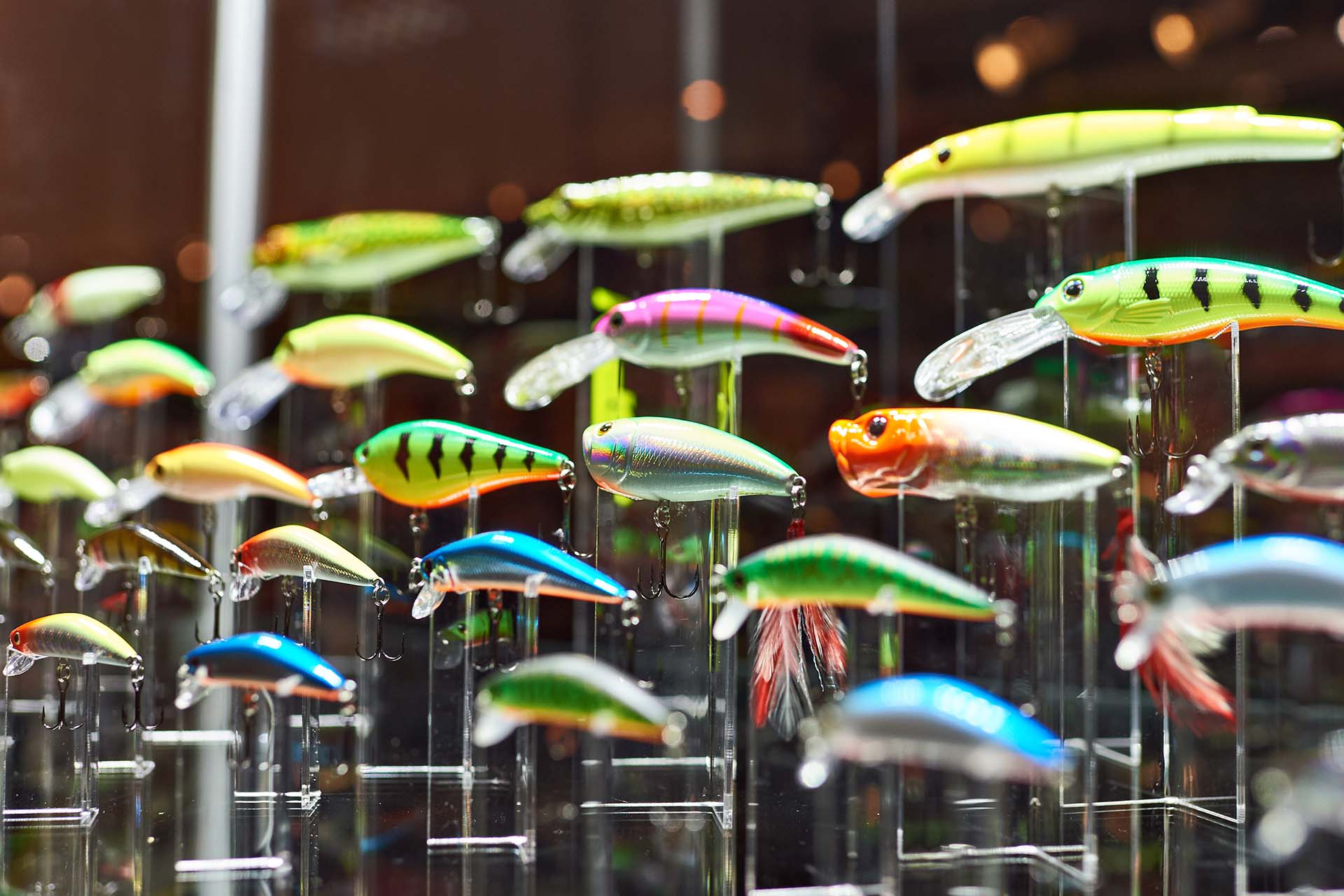
Picking the Right Fishing Technique Is Essential
As you can probably tell by now, adjusting the angling technique depending on factors such as water and weather conditions, as well as according to the target species’ habits and preferences, is the essential part of the whole ordeal. That’s because using a variety of techniques and being willing to switch them up frequently can help keep fish interested and increase the chances of a strike.
Adjusting the Retrieval Speed Is Also Crucial
As with baits and lures, it seems like there are as many fishing techniques out there as there are fish in the sea. Casting, trolling, jigging, nymph fly fishing – the possibilities seem endless. That’s why it’s important to understand why each strategy is used and the optimal conditions it should be used for.
An important part of that is also determining the retrieval speed, as different types of retrieves can mimic different types of prey and attract your desired species. Steady, slow, fast, jerky, stop-and-go – experimenting with different types of retrieves will help you adjust your angling approach and increase the chances of a successful day spent on the water.
Patience and Persistence Are the Key
If you’ve made sure to adjust the technique and gear according to conditions and read up on your target species’ behavior, you should be able to land a fishy surprise in no time. However, angling can be unpredictable, and when all else fails, it’s important to remember that patience and persistence are key.
An experienced fisherman is also one of the most patient people you’ll ever meet, as this hobby requires a lot of dedication and persistence, even if nothing is going according to plan. A lot of beginners can get discouraged and lose focus if their target is not biting, but by doing so, they’ll never get better at it. So, even in the most unforgiving of waters, try to remain patient and positive – it’ll happen eventually, and the catch might even reward you for all your perseverance.
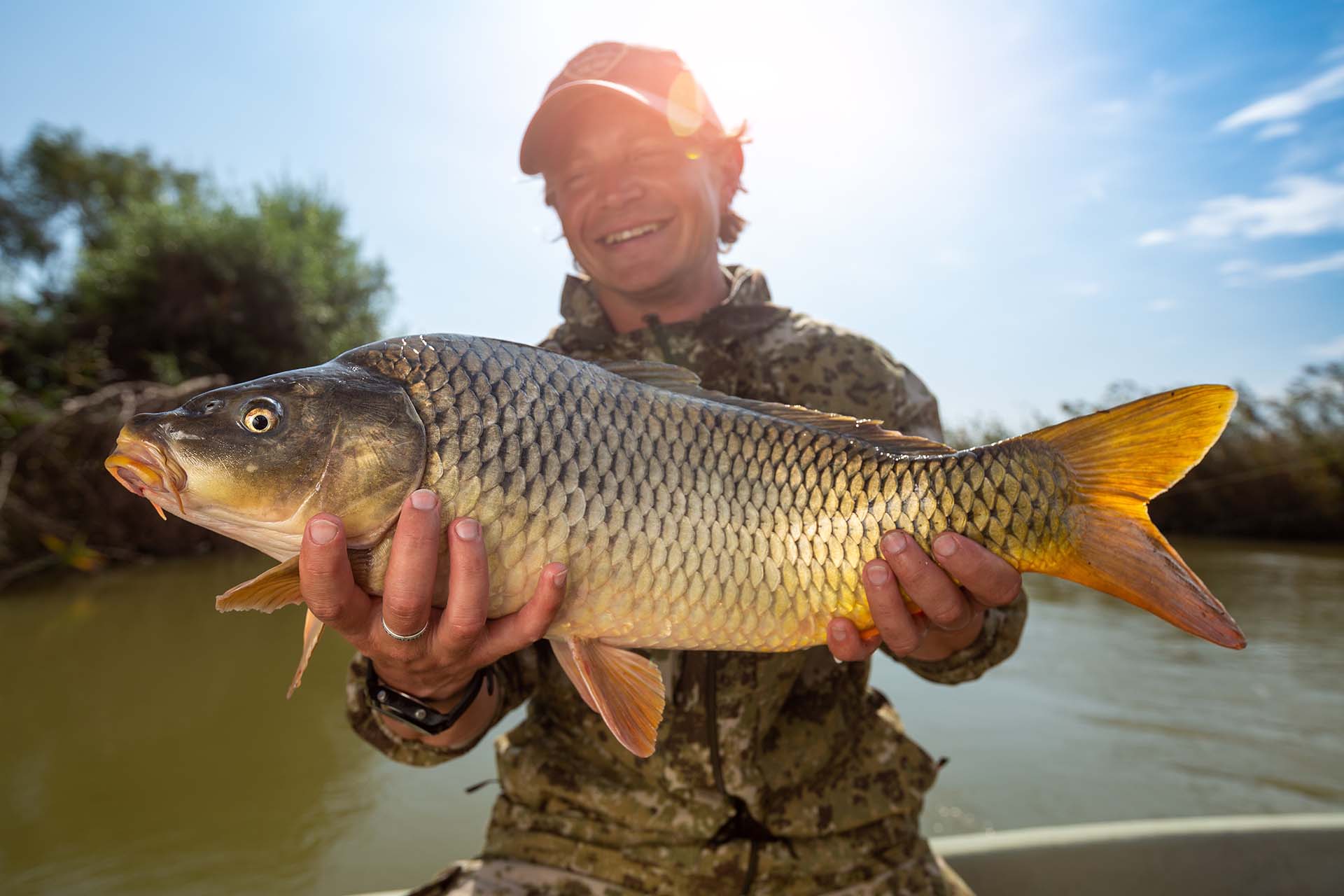
Why Aren’t the Fish Biting – Understanding the Reasoning Will Make You a Better Fisherman
There you have it – with this knowledge, your next fishing trip could be the one that puts you in the limelight! Take your time to get familiar with the habits and preferences of your target, all while keeping an eye on outdoor conditions and switching techniques accordingly. When all else fails, stay persistent – with the right attitude, you’ll surely catch something worth bragging about!

